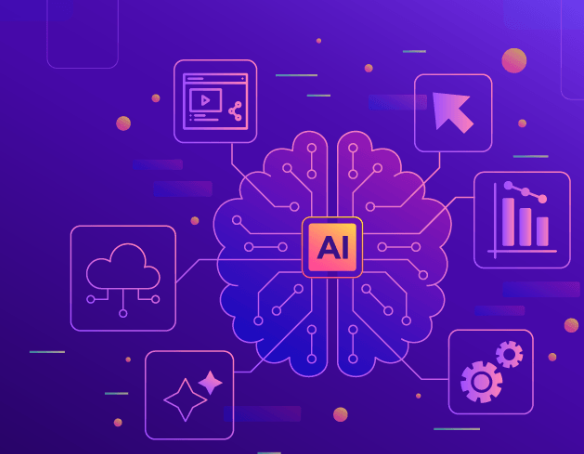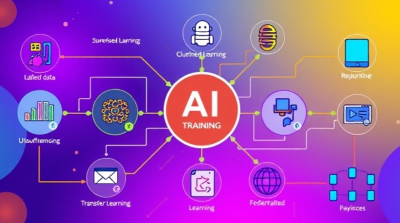In this era of rapid technological change, AI big models have become an important force in promoting the intelligent transformation of all walks of life. They can not only understand complex language instructions, but also show amazing capabilities in multiple fields such as image recognition, natural language processing, and recommendation systems. So, how are these seemingly omnipotent AI big models trained?
In this era of rapid technological change, AI big models have become an important force in promoting the intelligent transformation of all walks of life. They can not only understand complex language instructions, but also show amazing capabilities in multiple fields such as image recognition, natural language processing, and recommendation systems. So, how are these seemingly omnipotent AI big models trained?
Data collection and preprocessing: laying the foundation

1. Data collection
Everything starts with data. Big AI models require a large amount of high-quality data as the basis for learning. These data may come from a variety of channels such as web text, social media, and professional databases. The key is to ensure the diversity, accuracy, and representativeness of the data to cover as many actual situations as possible and avoid bias in the model.
2. Data cleaning
The collected raw data often contains noise, errors, or irrelevant information. The data cleaning process is to remove these impurities and ensure that the data input into the model is clean and accurate. This includes operations such as removing duplicates, correcting erroneous values, and filling missing values.
3. Data labeling
For supervised learning tasks, data labeling is an essential step. It involves labeling data, such as positive/negative labels in sentiment analysis, object category labels in image recognition, etc. High-quality labeled data can significantly improve the training effect of the model.
Model architecture design: building a smart brain
1. Network structure design
AI large models usually use deep learning frameworks, such as Transformer, which can process long sequence data and capture complex dependencies. The selection of parameters such as the number of network layers, the number of nodes, and the attention mechanism is directly related to the capacity and performance of the model.
2. Loss function and optimizer
The loss function measures the gap between the model prediction and the actual label, and is the key to guiding model learning. Choosing the right loss function (such as cross entropy loss, mean square error, etc.) and optimization algorithm (such as Adam, SGD) is crucial for quickly converging to the optimal solution.

Training process: sharpening wisdom
1. Forward propagation and back propagation
During the training phase, data is input into the model in batches, and the prediction results are obtained after calculation by the network layer. Subsequently, the difference between the prediction and the true label is calculated through the loss function, and the error is passed back layer by layer using the back propagation algorithm to update the network weights. This process is iterated continuously until the model performance is stable.
2. Hyperparameter tuning
Hyperparameters such as learning rate, batch size, and regularization strength have a significant impact on the model training effect. By finding the optimal hyperparameter combination through methods such as grid search, random search, or Bayesian optimization, the model performance can be significantly improved.
3. Overfitting and generalization ability
Overfitting is the phenomenon that the model performs too well on the training data, but has poor generalization ability on unseen data. In order to prevent overfitting, common methods include data enhancement, Dropout, early stopping, etc. to enhance the generalization ability of the model.
Evaluation and tuning: keep improving
1. Model evaluation
Use an independent validation set to evaluate model performance. Common evaluation indicators include accuracy, recall, F1 score, AUC, etc. Select the appropriate indicator according to the task requirements.
2. Model tuning
Based on the evaluation results, it may be necessary to adjust the model structure, hyperparameters or data preprocessing strategies, and perform multiple rounds of iterations until the model performance reaches the expected level.
Deployment and maintenance: smart implementation
1. Model deployment
The trained model needs to be deployed in the current environment, such as cloud servers, edge devices, etc. This involves technologies such as model compression and quantization to reduce resource consumption and improve operational efficiency.
2. Continuous monitoring and maintenance
After the model is launched, its performance needs to be continuously monitored to promptly identify and resolve possible problems. At the same time, as new data accumulates, the model may need to be updated regularly to maintain its competitiveness.
The training of AI big models is a complex and delicate process. From data collection to model design, to training, evaluation and deployment, every link is crucial. With the continuous advancement of technology, the future AI big models will be more intelligent and efficient, bringing more convenience and value to human society.

